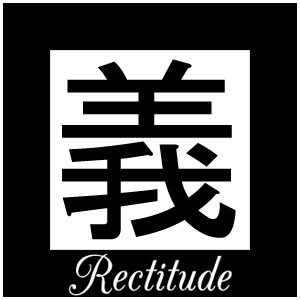
Tattoo Wonder Woman Tattoo Devil Woman Tattoo American Woman Tattoo.

Koi Tattoos Japanese Tattoos Koi Tattoos Design Koi Fish Tattoos.

Justinsims Com Tattoos.

Tattoo Summers Arm Tattoos For Girls Star Flower And Heart Tattoo.

Looking For Tattoo Pictures We Have Thousands Of Tattoo Pics 100.

Female Tattoo Designs 11 Tongue Tattoo New Tatto.

Traditional Japanese Tattoos Tattoos Removal.

Design Tattoo Hard Tattoo Tattoo Tattoo Designs Tattoo.

Japanese Women Tattoos Tattoos Photo Bucket.

Tribal Tattoo Forever Designs 2012 Pics Tribal Tattoos On Girl.




















